"Hope is like the sun. If you only believe it when you see it, you'll never make it through the night." -Princess Leia
286 posts
Latest Posts by delightfulskywalker - Page 9
someone: hey, you like star wars?
me: i think you're not ready for this conversation.
THE FORCE WILL BE STRONG THIS DECEMBER




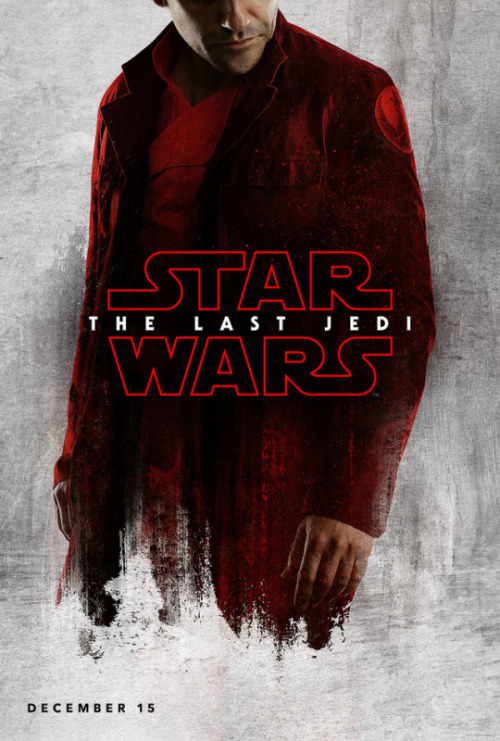

Star Wars: The Last Jedi characters posters.
wow
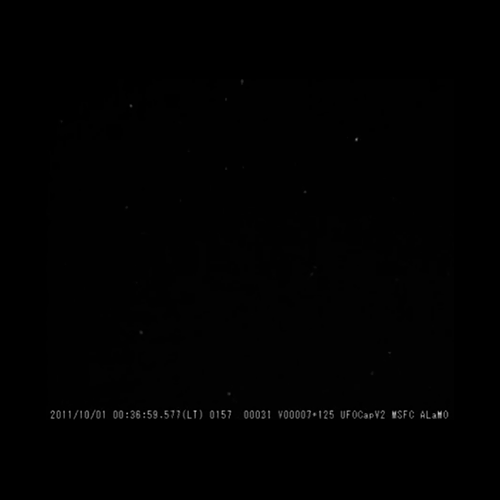
reblog and make a wish! this was removed from tumbrl due to “violating one or more of Tumblr’s Community Guidelines”, but since my wish came true the first time, I’m putting it back. :)
A family can be a princess, a farmboy, a scoundrel, a walking carpet, a golden anxiety machine and and an overachieving trashcan.







Rika | Jihyun | Jumin | Zen | Seven | Jaehee | Yoosung | Unknown
Don't kill yourself, please.
If you’re suffering from depression and are looking for a sign to not go through with ending your life, this is it. This is the sign. We care.
If you see this on your dash, reblog it. You could save a life.









#starwars

I made a Star Wars vine compilation because what the heck









Star Wars // by Tsuneo Sanda
They're so cute ❤


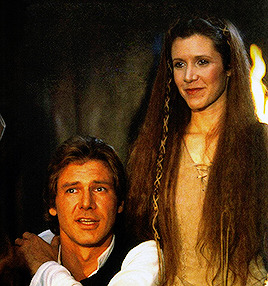
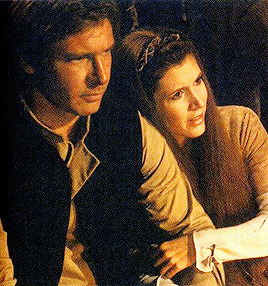
Carrie Fisher and Harrison Ford filming Star Wars: Episode VI - Return of the Jedi (1983).
😭

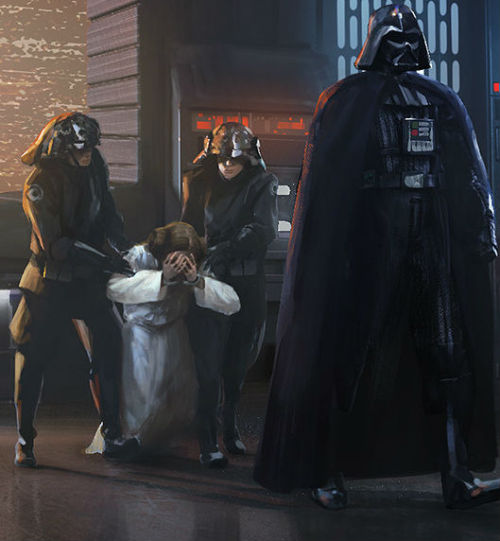
Alderaan’s First Mourner // by Roberto Robert
I want to reblog this a hundred times 😂
This is cracking me up..why on earth did they delete his response in the movie!? hes so offended LOL
Han Solo,Princess Leia and Lando Calrissian

Long Live the EU
EU vs Discanon LOL




























star wars
❤


Star Wars narrative symmetry.
Feel free to add more :)
Star Wars is Life



#starwarsisreal

Are Planets Like Those in ‘Star Wars: Rogue One’ Really Out There? NASA Plans to Find Out
In the “Star Wars” universe, ice, ocean and desert planets burst from the darkness as your ship drops out of light speed. But these worlds might be more than just science fiction. Some of the planets discovered around stars in our own galaxy could be very similar to arid Tatooine, watery Scarif and even frozen Hoth, according to NASA scientists.
Sifting through data on the more than 3,400 confirmed alien worlds, scientists apply sophisticated computer modeling techniques to tease out the colors, light, sunrise and sunsets we might encounter if we could pay them a visit. Some of these distant worlds are even stranger than those that populate the latest “Star Wars” film, “Rogue One.” And others are eerily like the fictional planets from a galaxy far, far away.

Tatooine
A real planet in our galaxy reminded scientists so much of Luke Skywalker’s home planet, they named it “Tatooine.” Officially called Kepler-16b, the Saturn-sized planet is about 200 light-years away in the constellation Cygnus. The reality of its two suns was so startling, George Lucas himself agreed to the astronomers’ nickname for the planet.
“This was the first honest-to-goodness real planetary system where you would see the double sunset as two suns,” said Laurance Doyle, an astrophysicist with the Search for Extraterrestrial Intelligence Institute and Director of the Institute for the Metaphysics of Physics, who discovered the planet using NASA’s Kepler space telescope.

A person on Kepler-16b would have two shadows. In a storm, two rainbows would appear. Each sunset would be unique, because the stars are always changing their configuration. Building a sundial would require calculus.
Astronomers have discovered that about half of the stars in our Milky Way galaxy are pairs, rather than single stars like our sun. So while Kepler-16b aka Tatooine is probably too cold and gaseous to be home to life, or a hopeful desert farm boy, it’s a good bet that there might be a habitable Tatooine “twin” out there somewhere.

Jakku, Jedha
George Lucas has a fondness for desert planets, and at least one NASA scientist thinks he’s on the right track.
“Desert planets are possible. We have one right here in our solar system in Mars. We think desert planets elsewhere could be even more habitable than Mars is,” said Shawn Domagal-Goldman, an astrobiologist at NASA’s Goddard Space Flight Center in Greenbelt, Maryland.
He likes Lucas’ proliferation of arid worlds because he believes it might reflect the galaxy we live in.
“The recurring theme of desert worlds in ‘Star Wars’ is really interesting, because there is some research that shows that these would be likely habitable worlds to find,” said Domagal-Goldman, who is, among other things, a climate scientist.
Desert worlds are not only a very real possibility, but they are probably very common, he said. They could be hot, like Tatooine and Jakku, or cold, like Mars and Jedha in “Rogue One.”
“The lack of water on a desert planet might be what makes it more habitable. Water amplifies changes to climates and can cause planets to end up being really hot like Venus, or really cold like Europa,” said Domagal-Goldman.

Hoth
There is a world named Hoth in our galaxy—an icy super-Earth discovered in 2006. It reminded scientists so much of the frozen Rebel base they unofficially nicknamed it after the planet that appears in “The Empire Strikes Back.” The planet’s scientific designation is OGLE 2005-BLG-390L, after the Optical Gravitational Lensing Experiment (OGLE) that found it.
Our galaxy’s Hoth is too cold to support life as we know it. But life may evolve under the ice of a different world, or a moon in our solar system. On Earth, it’s been found inside volcanoes, deep ocean trenches, even the frozen soil of Antarctica.
NASA is currently designing a Europa mission to look for life under the crust of Jupiter’s icy moon Europa. And Saturn’s moon Enceladus also contains an underground ocean that could harbor alien life.

Kamino, Scarif
For the scientists who characterize exoplanets, the most important planet to study is Earth—the only known planet with life. And life on Earth began in the ocean.
“We need Earth climate science to help us understand planetary habitability and the potential diversity of life on exoplanets,” said astrobiologist Nancy Kiang, a research scientist at NASA’s Goddard Institute for Space Studies. As an astrobiologist, her job is to model the kind of plant life that might exist on planets around other stars—also known as exoplanets.
We haven’t confirmed the existence of ocean worlds like the perpetually rainy Kamino in “Attack of the Clones,” or worlds with oceans, like the beachy Scarif from “Rogue One.” But we have found frozen ocean worlds in our solar system, in the moons Europa and Enceladus.
We may even be able to glimpse an ocean on an exoplanet in the not-so-distant future.
“Ocean glint can be detected over large distances,” said Victoria Meadows, a professor at the University of Washington and director of the NASA Astrobiology Institute’s Virtual Planetary Laboratory.
Such a glint was first observed reflecting from the liquid methane seas on Titan, the largest moon of Saturn.

Endor, Takodana
Both the forest moon of Endor, from “Return of the Jedi,” and Takodana, the home of Han Solo’s favorite cantina in “The Force Awakens,” are green like our home planet. But astrobiologists think that plant life on other worlds could be red, black, or even rainbow-colored.
A few months ago, astronomers from the European Southern Observatory announced the discovery of Proxima Centauri b, a planet only four light-years away from Earth, which orbits a tiny red star.
“The star color would be peachy to the human eye,” Meadows said. “And the planet would appear dark purple to light purple, looking at it from a spacecraft.” From the surface of Proxima b, the sky would appear to be periwinkle.

The light from a red star, also known as an M dwarf, is dim and mostly in the infrared spectrum, as opposed to the visible spectrum we see with our sun. The planet also doesn’t have sunrises or sunsets like Earth: one side always faces its sun.
“If you have photosynthetic organisms, they would always get fixed amounts of light all the time. It would be a permanent sunset around the planet. You would see a gradation of color,” Kiang said.
Just as seaweed changes color from green to dark brown as you dive deeper into the ocean, plants on a red dwarf planet may brilliantly change color from the day side to the night side.
And that could mean rainbow plant life.

Just about any ‘Star Wars’ planet
In the “Star Wars” universe, Lucas and company envision scores of worlds bustling with intelligent beings. In our galaxy, we know of only one such world so far—Earth. But NASA exoplanet scientist think we have a fighting chance of finding life beyond our solar system.
The next few years will see the launch of a new generation of spacecraft to search for planets around other stars. The Transiting Exoplanet Survey Satellite (TESS) and the James Webb Space Telescope will attempt to determine what’s in the atmospheres of other planets. Then, in the next decade, the Wide Field Infrared Survey Telescope (WFIRST) will bring us images of exoplanets around sun-like stars.
That’s one step closer to finding life.
“The idea of life on other planets resonates with people on a very personal level,” Doug Hudgins, NASA’s program scientist for exoplanet exploration, said of the “Star Wars” films’ enduring popularity. “They portray this image of a universe that is teeming with life.”
“We are at our heart explorers,“ he said. “We want to know what’s out there. Through the imaginings of George Lucas and Gene Roddenberry, we get to feel for a bit of time like we really can go out and explore the stars.”
Elizabeth Landau 818-354-6425 Jet Propulsion Laboratory, Pasadena, Calif. Elizabeth.r.landau@jpl.nasa.gov
Written by Arielle Samuelson
Source: NASA @nasa
P.S. — These images make for excellent desktop or smart phone backgrounds. Visit the source link to find larger versions of the above images!
I knew it 😃
Could Planets Like Those Imagined in Star Wars Be Real??
Look at what we’ve found so far.
Is your favorite Star Wars planet a desert world or an ice planet or a jungle moon?
It’s possible that your favorite planet exists right here in our galaxy. Astronomers have found over 3,400 planets around other stars, called “exoplanets.”
Some of these alien worlds could be very similar to arid Tatooine, watery Scarif and even frozen Hoth, according to NASA scientists.
Find out if your planet exists in a galaxy far, far away or all around you.
Planets With Two Suns

Were you going to the Tosche station to pick up some power converters? Hold on a minute and learn about Kepler-16b, 200 light-years from Earth. It’s the first honest-to-goodness planet ever found where you could watch two suns set like Luke. George Lucas himself even blessed its nickname ‘Tatooine.’ It’s not a perfect comparison: Kepler-16b is a cold gas giant roughly the size of Saturn. But don’t worry, kid.

The best part is that Tatooine aka Kepler-16b was just the first. It has family. A LOT of family. Half the stars in our galaxy are pairs, rather than single stars like our sun. If every star has at least one planet, that’s billions of worlds with two suns. Billions! Maybe waiting for life to be found on them.
Desert Worlds

If you’re like Finn and want to know why everyone wants to go back to Jakku desert planets, get this: Star Wars may be reflecting the real universe. Desert worlds are not only a very real possibility, but we think they are probably very common. They can be hot, like the fictional Tatooine and Jakku, or cold, like Jedha in “Rogue One” or our real planet Mars.
Perhaps it’s not so weird that both Luke and Rey grew up on planets that look suspiciously like each other. If you’re scouring the universe for a place to settle, you have a good chance of finding a desert planet.
Ice Planets

There is a Hoth in our galaxy! Though not the same Hoth from “The Empire Strikes Back” (no invading Imperials, for one). The icy super-Earth reminded scientists so much of the frozen Rebel base they nicknamed it “Hoth.” The planet’s real name is OGLE 2005-BLG-390L.
Our galaxy’s Hoth is too cold to support life as we know it. But life may evolve under the ice of a different world, or a moon in our solar system.
We’re currently designing a mission to look for life under the crust of Jupiter’s icy moon Europa. We’re pretty sure ity won’t look like tauntauns, if it exists.

Forest worlds

Both the forest moon of Endor and Takodana, the home of Han Solo’s favorite cantina in “Force Awakens,” are green like our home planet. But astrobiologists think that plant life on other worlds could be red, black, or even rainbow-colored!
In August 2016, astronomers from the European Southern Observatory announced the discovery of Proxima Centauri b, a planet only four light-years away from Earth, which orbits a tiny red star.

The light from a red star, also known as an M dwarf, is dim and mostly in the infrared spectrum (as opposed to the visible spectrum we see with our sun). And that could mean plants with wildly different colors than what we’re used to seeing on Earth. Or, animals that see in the near-infrared.
And Beyond

The next few years will see the launch of a new generation of spacecraft to search for planets around other stars. TESS and the James Webb Telescope will go into space in 2018, and WFIRST in the mid-2020s. That’s one step closer to finding life.
You don’t need to visit a galaxy far, far away to find wondrous worlds. Just visit this one … there’s plenty to see.
Discover more about exoplanets here: https://exoplanets.nasa.gov/
Make sure to follow us on Tumblr for your regular dose of space: http://nasa.tumblr.com
I'm a girl and I love science 😀
Science Side of Tumblr, I need your help! Ladies of the Science Side of Tumblr, I especially need your help!
I had a conversation at my non-science day job that went like this:
A friend who shall be called Diane (not her real name) comes to my desk to chat. Just one of the many topics we discuss is that her boyfriend is taking a class in wildlife biology. She has decided that she has grown tired of hearing about local wildlife and hearing him recite a plethora of scientific names.
I responded positively to this subject, and told her that I too found the subject interesting. A third person had heard our conversation. We shall call her Claire (again, not her real name). Claire immediately responded, “Girls don’t like that kind of thing.”
“Are you saying that girls don’t like science?” I asked.
“No, not normally they don’t,” she responded.
Before you all screech with anguish, bear with me for a moment. We all know that this is not true. As a man, I find this idea upsetting for countless reasons that have all been validly discussed before. To try to debate the issue is rather moot. Instead, I’d like a show of hands.
Ladies of the Science Side of Tumblr! I call you to arms! Will you rally around me in saying that women can and do indeed love science, of any variety? Gentleman of the Science Side of Tumblr who know someone who is a girl who also happens to love science, will you stand with me too? We all like and reblog the pro-women-in-science posts we see so often, let’s all stand and be counted in one place this time.
Reblog this if you are a woman who loves science. Reblog this if you are a man who knows a woman who loves science. Let us disprove her beyond all doubt!






The Most Influential Popular Science Books
Here is a list of legendary books on scientific discoveries and ideas that changed the world: true classics that are recommended for everyone.
Dialogue Concerning the Two Chief World Systems by Galileo Galilei (1632): “The most proximate cause of Galilei being brought to trial before the Inquisition. Using the dialogue form, a genre common in classical philosophical works, Galileo masterfully demonstrates the truth of the Copernican system over the Ptolemaic one, proving, for the first time, that the earth revolves around the sun. Its influence is incalculable. The Dialogue is not only one of the most important scientific treatises ever written, but a work of supreme clarity, remaining as readable now as when it was first published.”
The Origin of Species by Charles Darwin: ”The publication of this book in 1859 marked a dramatic turning point in scientific thought. Selling out its first edition on its first day, The Origin of Species revolutionized science, philosophy, and theology. Darwin’s reasoned, documented arguments advance his theory of natural selection and his assertion that species started with a few simple forms that mutated and adapted over time.“
A Brief History of Time by Stephen Hawking (1988): “How did the universe begin—and what made its start possible? Does time always flow forward? Is the universe unending? What will happen when it all ends? Told in language we all can understand, A Brief History of Time plunges into the realms of black holes, quarks, antimatter, the big bang and a bigger God. Stephen Hawking brings us closer to the ultimate secrets at the very heart of creation.”
Cosmos by Carl Sagan (1980): “Cosmos is one of the bestselling science books of all time. Cosmos retraces the fourteen billion years of cosmic evolution that have transformed matter into consciousness, exploring such topics as the origin of life, the human brain, Egyptian hieroglyphics, spacecraft missions, the death of the Sun, and the list goes on.”
Silent Spring by Rachel Carson (1962): “The marine biologist’s documented indictment of DDT led both to a U.S. ban on the insecticide and to the birth of the modern environmental movement. Carson argues that DDT not only indiscriminately kills insects, but also accumulates in the fat of birds and mammals high on the food chain, thinning eggshells and causing reproductive problems.”
Relativity: The Special and General Theory by Albert Einstein (1916): “In the early 20th century, scientists began to interrogate the Newtonian model of Physics that posits absolute time, intrigued by the possibility of a dimension in which space and time overlap. This text is Einstein’s philosophical explanation of the idea that changed the way we understand the physics of space and time.“
PS find me on Instagram, Facebook & Tumblr












